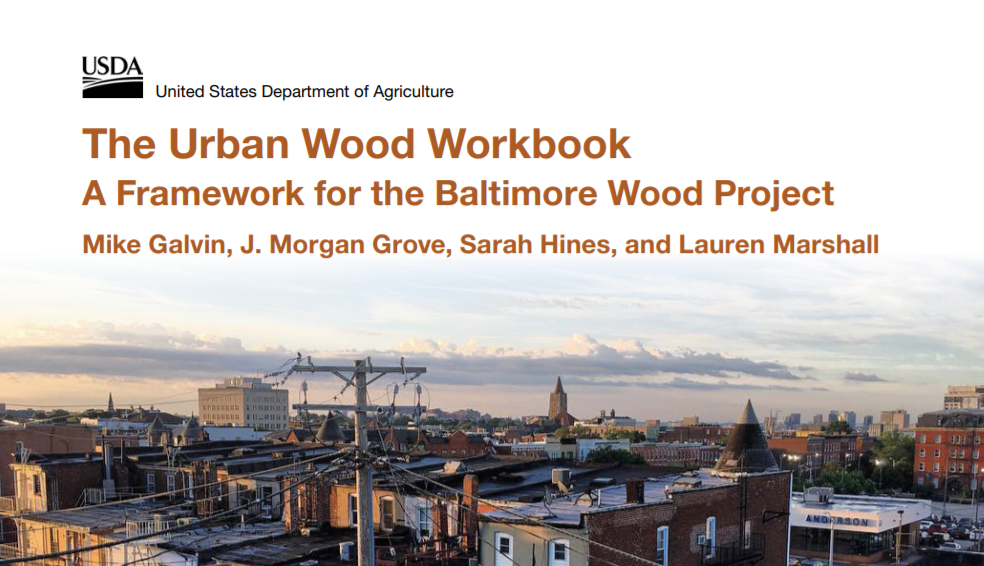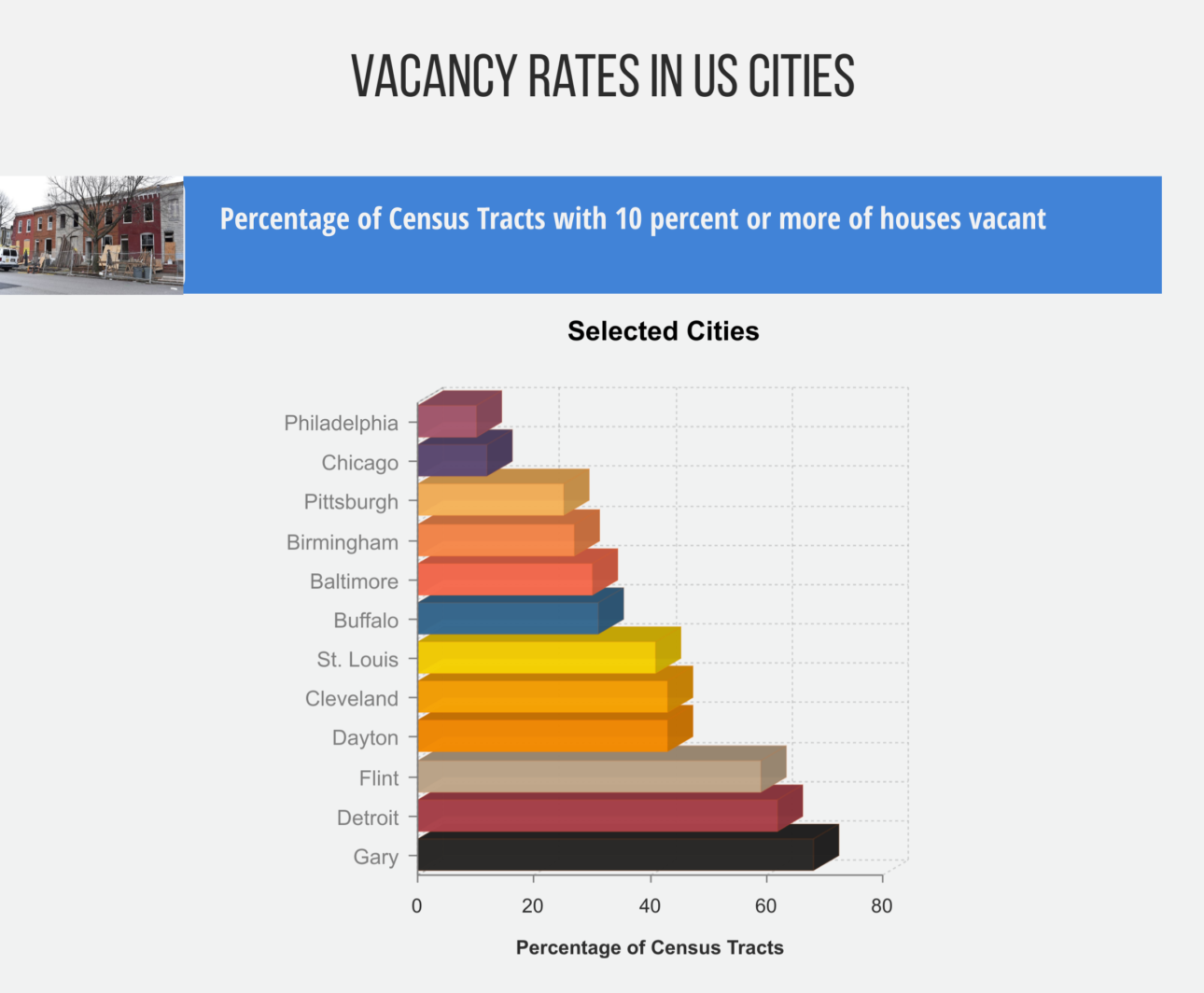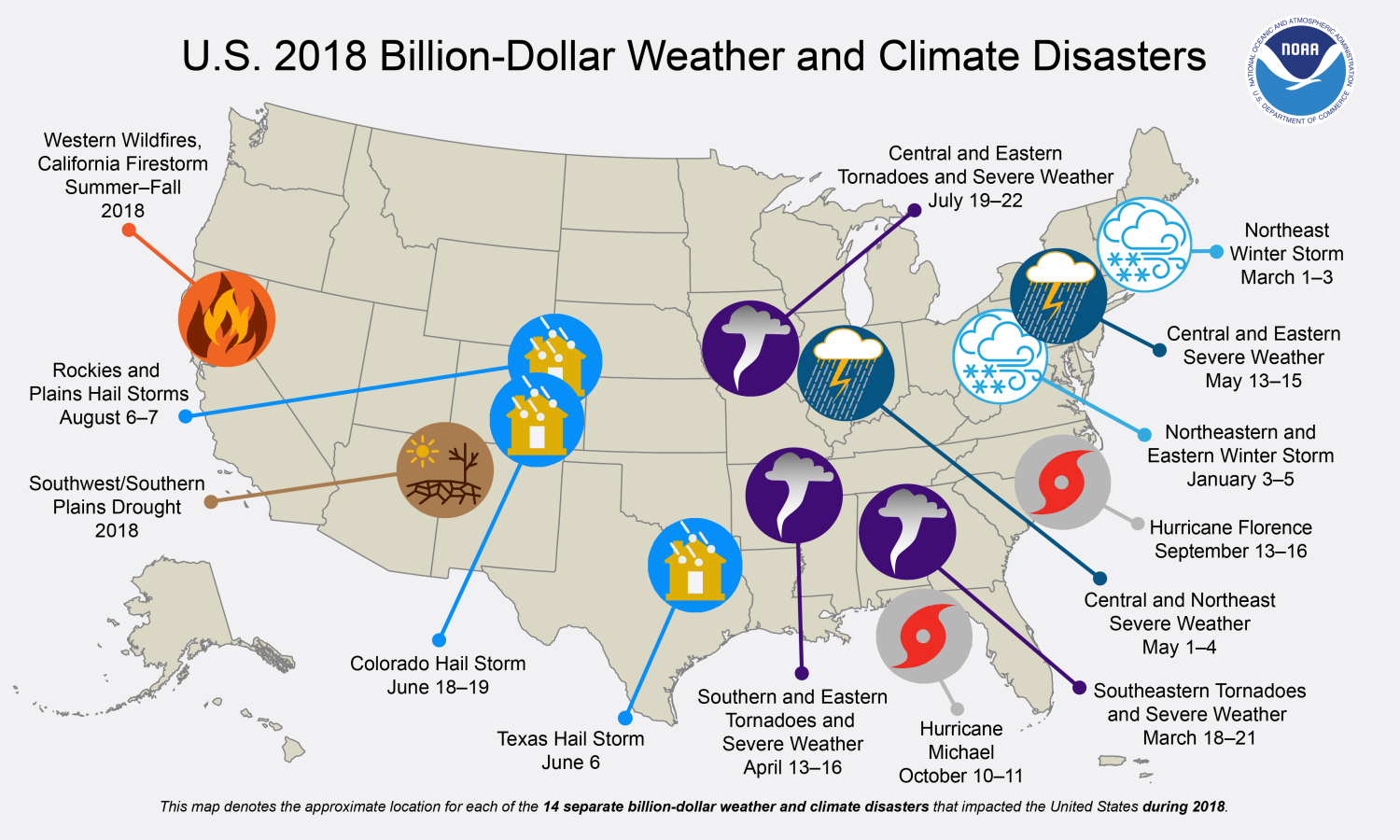It’s wood, not waste.
Historically, communities have considered wood as part of the waste stream. But urban wood is neither trash, nor an urban myth. It exists in virtually every city, in remarkable quantities, but few communities have recognized its potential.
- In 2013, roughly 14,000 tons of wood cut from trees on public and private property in Baltimore ended up in the waste stream.
- By 2000, the amount of “urban tree and woody yard waste” generated nationally exceeded the volume of timber harvested from US National Forests.

With landfills overflowing, and abandoned buildings breeding environmental problems [not just rodents!] there’s no reason not to consider waste wood as a resource.
Cities are full of it. Roughly 17 percent of municipal waste turns out to be wood in all its forms – storm-damaged or infested trees, construction debris, old furniture. Millions of tons are dumped into landfills or mulch piles. Turn that around and your community will gain in many different ways. Some benefits are economic – like reducing municipal expenses for solid waste management, or increasing the tax base by replacing abandoned housing.
What can help make it work?
Similar programs exist especially in communities that share the following characteristics.
- ready access to significant amounts of urban wood waste, from deconstruction or fresh-cut;
- substantial tree canopy with high proportion of hardwoods;
- epidemic or near-epidemic threats to certain tree species [hemlocks, oaks and ash];
- recent [or regular] tree damage from periodic storms;
- strong, accessible materials reuse markets – either export, or in large metropolitan areas with consistent demand;
- vigorous, stable nonprofit partners with the vision and capacity to undertake key elements of the program;
- high costs of using landfills [tipping fees] or for maintaining and expanding them;
- demographics that support a premium for local and sustainable products.
Learning from the Baltimore experience
In some respects, every community embodies elements of the Baltimore experience. It’s captured here, in a downloadable workbook that can be adapted for other communities. For a summary of what worked and what didn’t in Baltimore — simply continue on this page and the steps that follow.
Abandoned buildings
Baltimore is dotted with thousands of vacant buildings, many of them abandoned. In this, Baltimore’s not alone. Every community faces some level of building vacancies; and even in prosperous cities some neighborhoods are blighted by decaying buildings.

Disasters Fast and Slow
All communities face a unique set of challenges and opportunities. But in the face of climate change, every community suffers from increasing threats to its urban forests. Some are shared with others — in particular, pests and disease in the Midwest; fire in the West; ice storms in the Northeast; storms with abnormally heavy rains and often tornadoes in many parts of the country.

2018-Weather-and-Climate-DisastersIn addition to 14 billion-dollar-plus disasters, many communities suffered from slow-moving crises. The Emerald Ash Borer, for example, has spread to more than 24 states and devastated urban forests.
Experience can be the best guide
In cases like these where many communities face the same problem, being able to take a solution developed in one community and configure it into a solution that works in another avoids wasted time, effort and money.
Moreover, sustainability solutions are complex ; they don’t lend themselves to hard, quantitative analysis. That’s why distilling another community’s experience — the qualitative data — then applying it to your own can shortcut the pathway to creating a sustainable urban-wood-based economy. The Baltimore Wood Project endeavors to do just that.
For a study guide that details the “Baltimore Experience,” check out this case study produced by the US Forest Service in conjunction with the University of Michigan.

